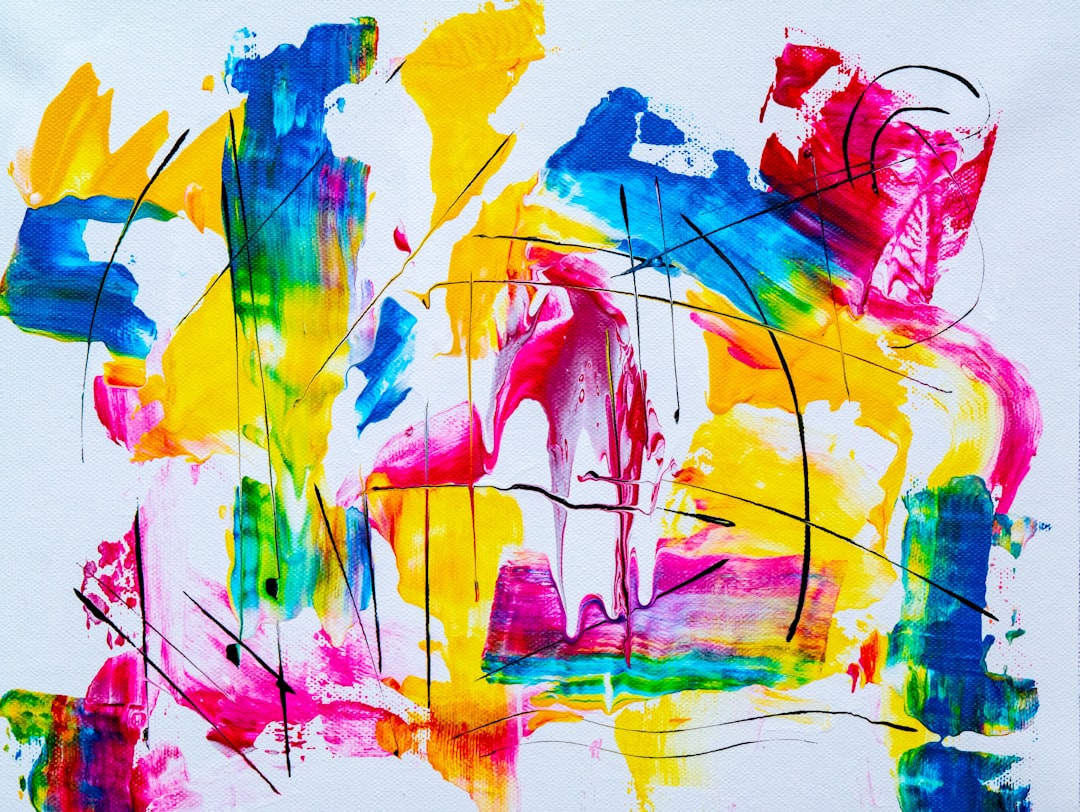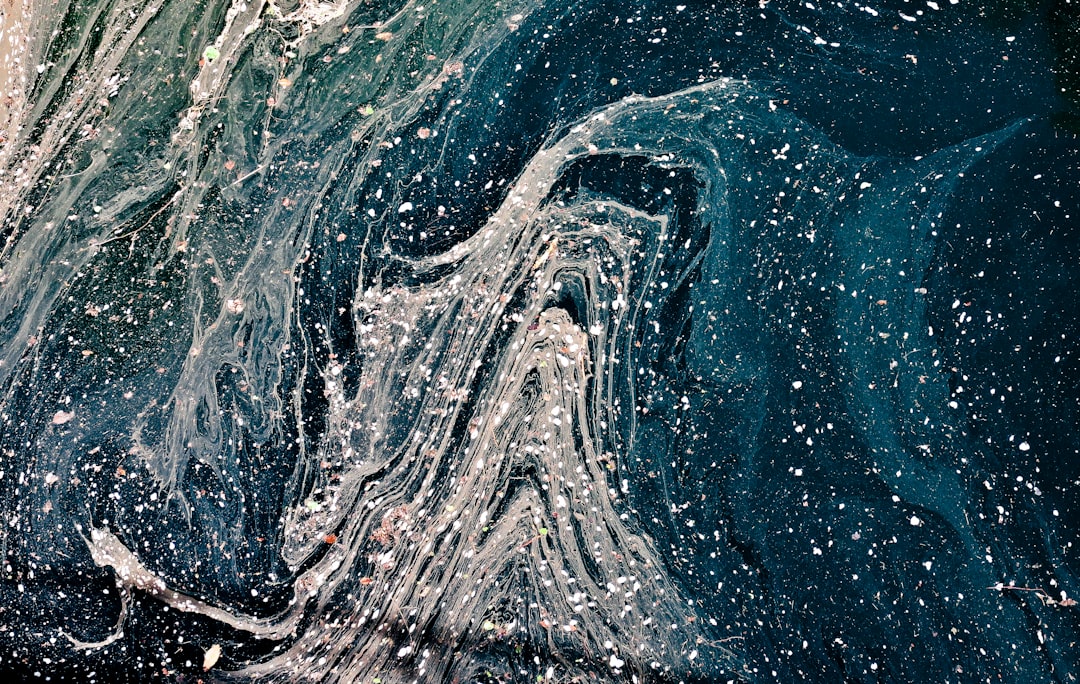What is it about?
This article concerns previoulsy unpublished (and seemingly unknown) material in the archive of the Society of Arts, London, which sheds light on an important work by the great eighteenth-century sculptor Louis François Roubiliac (1702-1762), who arrived in London by 1730 and died there in 1762. Separately, that material helps identify the sculptor of an earlier work, a cast of which Roubiliac owned; and it clarifies important personal information about the sculptor Nathaniel Smith, a lesser figure in the sculptural world, but one who was to play an important role in the productions of Roubiliac and later those of the sculptors Joseph Wilton (1722-1803) and Joseph Nollekens (1737-1823). The bronze group of ‘Hercules and Atlas’, together with Roubiliac’s bronze figures of the ‘Four Monarchies’, formed part of the ‘Temple of the Four Grand Monarchies of the World Clock’, which was begun by Charles Clay and completed in 1743 by John Pyke (the clock is now in the Cupola Room at Kensington Palace, London). Thus, in a workshop primarily concerned with marble pieces, Roubiliac was in his early London career occasionally working on relatively small models to be cast in bronze (those discussed here are unsigned). Although casts of a group of ‘Hercules and Atlas’ were listed in Roubiliac’s posthumous sale, until now his involvement in Clay’s clock had been established only by an advertisement for it that appeared in December 1743, which recorded the contributions of Roubiliac and two other artists, the sculptor Michael Rysbrack and the painter Jacopo Amigoni. This article publishes, for the first time, a drawing of Roubiliac’s ‘Hercules and Atlas’ (the figure group atop Clay’s Clock) by Roubiliac’s pupil and later assistant, Nathaniel Smith, executed by the latter for a premium (prize) awarded by the Society of Arts. The remarkably fine drawing ‘aft. Roubillac’ was undoubtedly made from a cast of the model for the bronze group that surmounts Clay’s clock. One of the previously unrecorded letters written (and signed) by Roubiliac to the Society and published for the first time in the article confirms that the drawing was the sole work of Smith, and implies that the drawing was executed in Roubiliac’s workshop. Another letter in the archive, also writen and signed by Roubiliac, establishes that the figure of ‘St. Andrew’ in Roubiliac’s workshop, and which was sold after his death, was actually a cast of the famous statue in St. Peter’s, Rome by the great baroque sculptor François Duquesnoy (‘Il Fiammingo’) (1597 - 1643). The cast in Roubiliac’s studio formed the basis of a clay model made by Smith in a competition for a premium awarded by the Society of Arts. Roubiliac’s two letters were wriiten to the Society to confirm that the drawing and model, respectively, by Smith were his entire work, made without the help of any third party. A previoulsy unknown and unpublished letter supplied to the Society by a cleric of behalf of Smith, when read together with a minute of the Society’s Committee on Polite Arts, establishes the date of Smith’s birth, thus ending a long-running controversy about that matter.
Featured Image
Why is it important?
Apart from Roubiliac’s Will, the surviving contracts for only a few of the 40 or so monuments for which he was responsible, and rare extant bills or receipts for payment issued by him to clients, there are very few documents in Roubiliac’s hand or bearing his signature. Writing in 1928, Mrs Esdaile reproduced what has until now been thought to be Roubiliac’s only surviving letter (Katharine A. Esdaile, 'The Life and Works of Louis François Roubiliac', Oxford, 1928, p. 161, also noted by D. Bindman and M. Baker, 'Roubiliac and the Eighteenth Century Monument: Sculpture as Theatre', New Haven and London, 1995, pp. 76 and 373, Section 2, n. 1, which work also demonstrates a dearth of documentation produced by Roubiliac or bearing his signature). The two letters from Roubiliac to the Society of Arts are interesting, not only because they add to the small corpus of papers bearing Roubiliac’s signature, but also because one of them provides the most direct evidence of Roubiliac’s authorship of the bronze group of Hercules taking the celestial globe off the shoulders of Atlas, while the other provides further insight as to his interest in (and some possible influence on him by) the work of 'Il Fiammingo’. The cleric’s certificate (previoulsy unrecorded) finally puts to rest the longstanding controversy and uncertainty over the date of Nathaniel Smith’s year of birth, which has led scholars over many decades to suggest Smith’s date of birth as sometime between 1741 and 1743 (the controversy is recorded in Diane Bilbey with Marjorie Trusted, ‘British Sculpture 1470-2000: A Concise Catalogue of the Collection at the Victoria and Albert Museum’, London, 2002, p. 152). The otherwise informative book by David Allan on the founder of the Society of Arts, William Shipley, published in the 1960s, unfortunately compounded the misdating of Smith’s birth by incorrectly describing the classes in which Smith was awarded premiums by the Society (the clases each had their own age-linits for the competitors) (D.G.C. Allan, 'William Shipley, Founder of the Royal Society of Arts: a biography with documents', London, 1968, reprinted 1969, pp. 217-8). The cleric’s certificate also disproves the theory advanced by Smith’s son (John Thomas Smith) in' Nollekens and his Times', London 1828 (a book now known to be riddled with errors) that his father had ‘obtained in the course of four years six premiums for productions in art, all whilst under nineteen years of age’ (Vol. II, pp. 150-1). Nathaniel Smith was, in fact, only two months short of his 20th birthday (June 1758) when he was awarded the first of his several premiums by the Society in April 1758.
Perspectives
Founded in 1754, the Society of Arts (whose members included nearly all the leading figures of the artistic world, and people of eminence in other fields of the day) awarded money prizes or ‘premiums’ to those who solved technical and design problems in the fields of agriculture, chemistry, trade, manufactures, mechanics, the colonies and in ‘Polite Arts’. Many sculptors and other artists who rose to eminence in the second half of the eighteenth century had benefited from these premiums in their youth. The archive of the Society is a rich resource for all students of British artists and their work in the period from the late 1750s to 1850. It contains a wealth of letters, documents and pictures (many clearly not actively researched before now) that, when analysed in conjunction with advertisements issued for premiums awarded by the Society and the minutes of the proceedings of the Society's Committee on Polite Arts, may provide new evidence and information to solve some of the many mysteries concerning the origin of works of art from the period, the reception given to them, and their whereabouts at certain stages of their history. The documents discussed in the article, when reviewed in conjunction with the Society’s minutes and other, external, information, have shed new light on the work and interests of Roubiliac, one of the most important sculptors working in Europe in the eighteenth century. At the same time they have also facilitated the correction of important information about the life of Nathaniel Smith, who is of much less stature than Roubiliac, but who played an important role in his workshop and in those of Roubiliac’s successors, Wilton and Nollekens.
Dr David Wilson
Independent art historian
Read the Original
This page is a summary of: New information from the Society of Arts: Roubiliac's model of Hercules and Atlas , and Nathaniel Smith's model of St Andrew after Duquesnoy , Sculpture Journal, December 2007, Liverpool University Press,
DOI: 10.3828/sj.16.2.5.
You can read the full text:
Contributors
The following have contributed to this page










